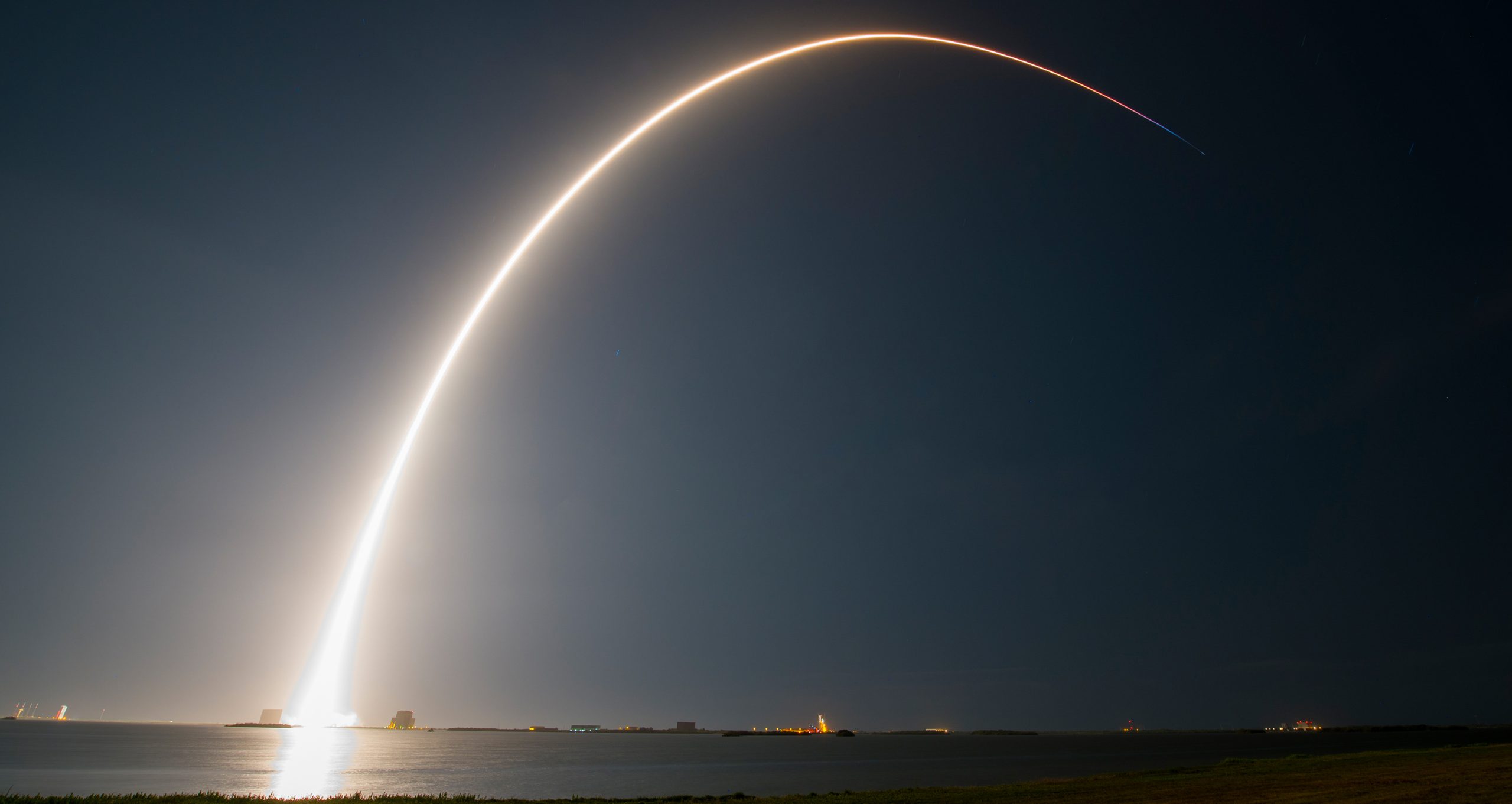SpaceX's Nighttime Spectacle: Launching the Future, One Starlink Satellite at a Time

In the cloak of darkness, SpaceX successfully added another feather to its cap by deploying 23 Starlink satellites into orbit. This latest mission not only pushed the boundaries of space exploration further but also offered a breathtaking view for the night owls who witnessed the event.
The plan was initially set to unleash the power of the Falcon 9 rocket at 12:04 am ET. However, twists in the timeline saw the mission's commencement rescheduled to 1:40 am ET. The reasons behind the delay remain shrouded in mystery, sparking curiosity and anticipation among space enthusiasts globally.
"Engines full power and liftoff!" echoed across the Space Coast as the Falcon 9 pierced through the night, drawing a trajectory of aspirations and dreams. For observers, it was a moment where technology and wonderment fused, creating a temporary sunrise that danced across the sky.
This particular journey, tagged as Starlink Group 6-48, embarked towards the South East, aligning with a 43-degree orbital inclination. This path mirrors the trajectory of previous missions under the Group 6 banner, signaling a nearing end to this series. SpaceX's roadmap hints at an exciting transition, with Florida gearing up for Group 7 shell launches and California taking the baton for Group 8 missions.
The steward of this cosmic voyage was none other than Booster 1083, marking its sophomore flight into the abyss. Merely 37 days prior, B1083 had shouldered the responsibility of the Crew 8 mission, showcasing SpaceX's rapid turnaround and the booster's reliability. Its perfect descent onto the droneship ‘Just Read the Instructions’ post-mission not only signifies a triumph in engineering but also marks Falcon's 295th successful landing.
The graceful landing on 'Just Read the Instructions' not only celebrates the conclusion of B1083's second journey but also underscores Falcon's impressive streak of 295 landings. This mastery over booster recovery is a testament to SpaceX's unwavering commitment to reusability and sustainability in space missions.
Every mission under SpaceX's banner carries the ethos of innovation and efficiency, with the quest to retrieve and reuse fairings, each priced at approximately $3 million. This practice of recycling encapsulates SpaceX's vision to make space travel more economical and sustainable.
As the 36th mission of the year, this launch propels SpaceX into an ambitious trajectory with its fifth mission of the month already in the rearview. The relentless pace set by SpaceX hints at an unyielding hunger to explore, innovate, and transcend the known confines of space travel.
With the calendar already marked for the sixth launch, anticipation builds for the upcoming mission set to ascend from Vandenberg Space Force Base. This mission, dedicated to deploying the WSF-M (Weather System Follow-on – Microwave) for the Department of Defense, underscores SpaceX's crucial role in advancing space-based solutions for global challenges.
In a world where the night sky serves as the canvas, SpaceX continues to paint a future that is boundless and filled with promise. As each mission etches a new chapter in the annals of space exploration, we're reminded of the relentless pursuit of knowledge and the indomitable spirit of human ingenuity.